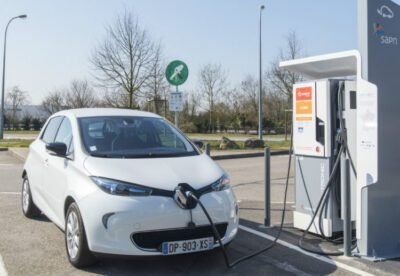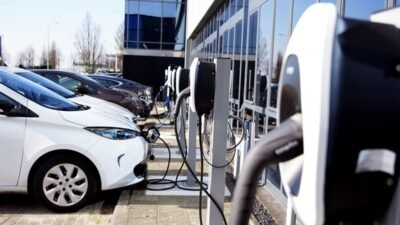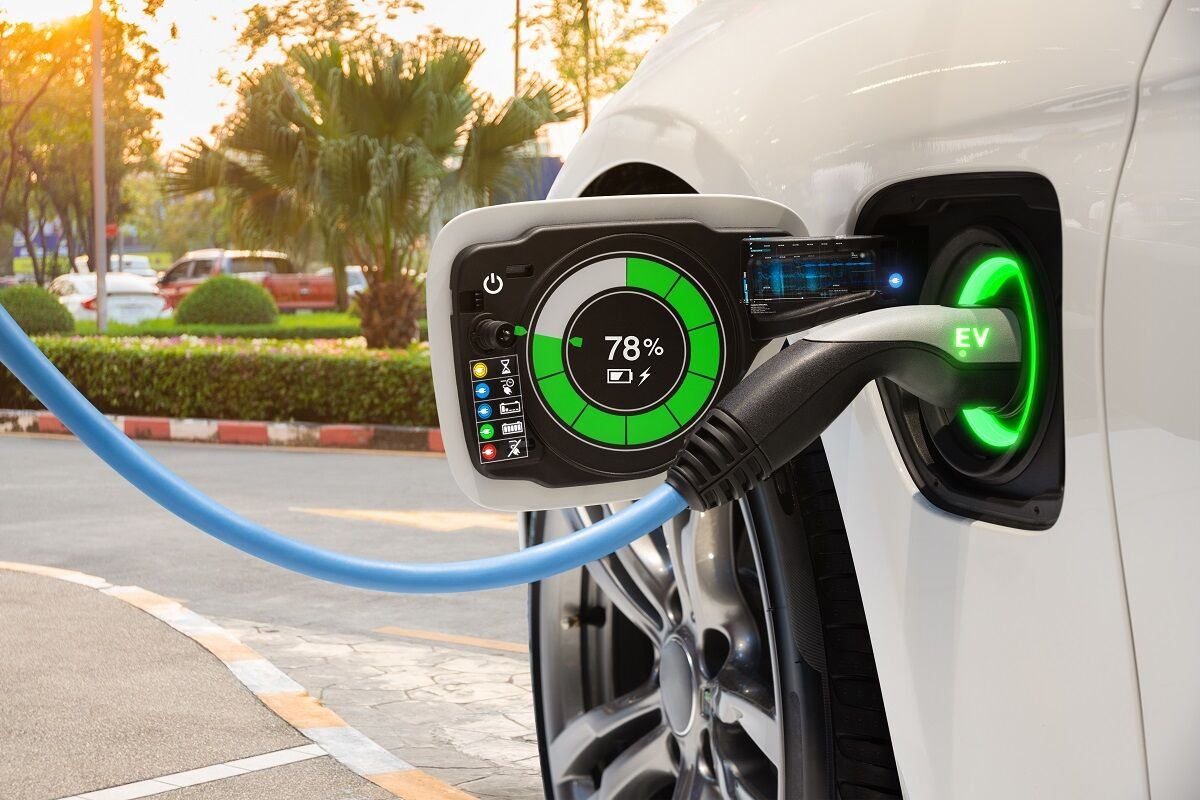The general function of car chargers is to provide electrical energy to charge the batteries of electric vehicles. These chargers supply direct electricity to the vehicle’s battery, preparing it for subsequent use. In addition to providing power for battery charging, car chargers need to have the capability to manage and control battery charging and usage in a precise manner to ensure optimal battery life and performance.

Types of car chargers:
- Home and public network chargers: These devices are used to charge the batteries of electric vehicles. Chargers can draw power from the home electrical grid or public fast charging networks. Charging times for electric vehicles with home chargers typically range from a few hours to several hours for a full charge (usually 6 to 12 hours for standard batteries). This time can vary depending on battery capacity, charger type, battery condition, and environmental factors.
- Conversion systems: These systems convert electrical energy from the home electrical grid or other power sources into a format suitable for vehicle batteries. AC voltage from the city’s electricity is converted into the DC voltage required by electric vehicle batteries. Standard chargers (approximately 3.3 kW): 6 to 8 hours for a full battery charge. High-power chargers (e.g., 7.2 kW): 3 to 4 hours for a full battery charge.
- Portable batteries: Some electric vehicles have portable batteries that can be charged separately from the vehicle and then connected to it. Portable batteries in electric vehicles are considered batteries that can be detached from the vehicle and charged independently. Charging times for these batteries typically range from a few hours (usually 4 to 8 hours) to several hours for a full battery charge, depending on the specifications of each battery and charger. This time can vary based on battery capacity, charger power, and environmental conditions.
- Superchargers: These chargers are designed to rapidly charge electric vehicle batteries and are typically found at specific stations. Superchargers are chargers designed to rapidly charge electric vehicle batteries. These chargers are usually placed at designated stations and allow vehicles to fully charge their batteries in the shortest possible time. One of the main advantages of superchargers is their ability to provide high-speed charging and typically provide charging power of up to 250 kW.
There are considerations for using superchargers due to battery limitations. For example:
- Battery capacity: Batteries with low capacity or unable to absorb high charging power may not be suitable for superchargers. This may include older batteries or batteries with low capacity.
- Battery technology: Batteries using older technologies such as nickel-cadmium (NiCd) or unable to absorb high charging power may not be compatible with superchargers.
- Charger power: Superchargers provide high charging power, but if the vehicle’s battery cannot handle this power, using these chargers may not be feasible.
Therefore, for the use of superchargers, the vehicle’s battery system must have an appropriate charging system capable of tolerating and utilizing these chargers. Battery technology has evolved over time, and the ability to use superchargers requires further development of battery and charging technologies.

Advantages and limitations of chargers:
-
- Home chargers:
- Advantages: Ease of use, can be installed at home, reduces daily operating costs, suitable for overnight charging.
- Limitations: Longer charging times (typically 6 to 12 hours for a full charge).
- Superchargers:
- Advantages: Fast charging, ability to fully charge in typically 30 minutes to 1 hour (depending on battery capacity and charger power).
- Limitations: Require specific and designated stations, potentially high costs, increased battery wear with frequent use.
- Public chargers:
- Advantages: Public access, suitable for long-distance travel, extensive network of designated stations.
- Limitations: Slower charging compared to superchargers, costs depending on charger operator (may vary).
- Portable chargers:
- Advantages: Portability and usability in various locations, suitable for short trips.
- Limitations: Slower charging compared to home chargers, requires connection to a power source.
Therefore, the best type of charger for you should be evaluated based on your vehicle’s specifications, daily charging needs, travel requirements, and access to different charging networks. Each type of charger has its own advantages and limitations, which should be considered based on personal circumstances and intended use
- Home chargers:
To see the article about the best cars and mountain cars, see the articles


